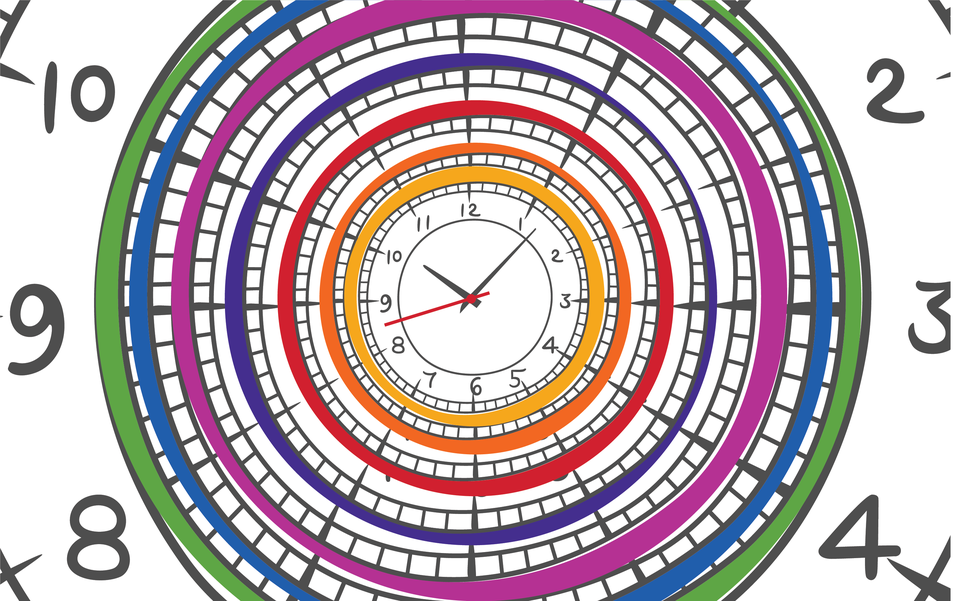Second: Introduction
Time is probably the most measured quantity on Earth. It tells us when to wake and when to sleep, when to plant and harvest crops, and when buses, trains and planes will arrive. It helps organize our lives and coordinate our activities. Scientists use time to measure and better understand countless things in our world.
Yet we cannot measure time directly. We cannot see it, hear it, taste it, touch it or smell it. Instead, we measure time intervals, the durations separating two events. This is what a clock actually measures. “Time” is the accumulation of these intervals.

Humans first broke up time into day and night. Ancient Egyptians then divided day and night into 12 parts each, with daytime hours longer than nighttime hours during the summer.
Ancient Greeks later proposed splitting the day into 24 equal hours. However, people continued using hours of uneven lengths until the late medieval period in Europe, when monks developed mechanical clocks to establish fixed prayer and work periods.
The concepts of the minute and the second also date back to ancient times — but they originated in the realm of astronomy, not timekeeping. Four thousand years ago, the Sumerians divided a circle into 360 degrees. Around a thousand years later, Babylonian astronomers and then the Greeks applied this concept to divide the sky into 360 degrees. Around 150 C.E., the Greek astronomer Ptolemy went a step further. In a treatise known as the Almagest, he proposed splitting each degree into 60 minutes, and each minute into 60 seconds. Centuries later, these units found their way into the increasingly precise mechanical clocks developed in medieval Europe.
In the modern world, atoms have become our best clocks. Atomic clocks enable us to define the second — the international unit of time — in a precise, measurable way that doesn’t change over time. And they allow us to divide the second into extremely small parts, opening up new applications with each finer subdivision.
The second is currently defined using cesium atoms, which absorb and emit microwave radiation with a specific frequency. Atomic clocks count 9,192,631,770 of those microwave oscillations, and we call the elapsed time interval a second.
Today, commercially available cesium clocks keep time to within 1/3,000,000 of a second per year. New experimental clocks based on other atoms are ten thousand times more precise still. The atomic clock is by far the most impressive timepiece humans have developed, but getting to this modern definition of the second was a long road.
Resources
- International Bureau of Weights and Measures (BIPM): SI base unit: second (s)
- “First in a Series on the Evolution of Time Measurement: Celestial, Flow, and Mechanical Clocks,” by Michael A. Lombardi, IEEE Instrumentation & Measurement Magazine
- NIST Time and Frequency Division
- Official U.S. Time
- How Do We Measure Time?

